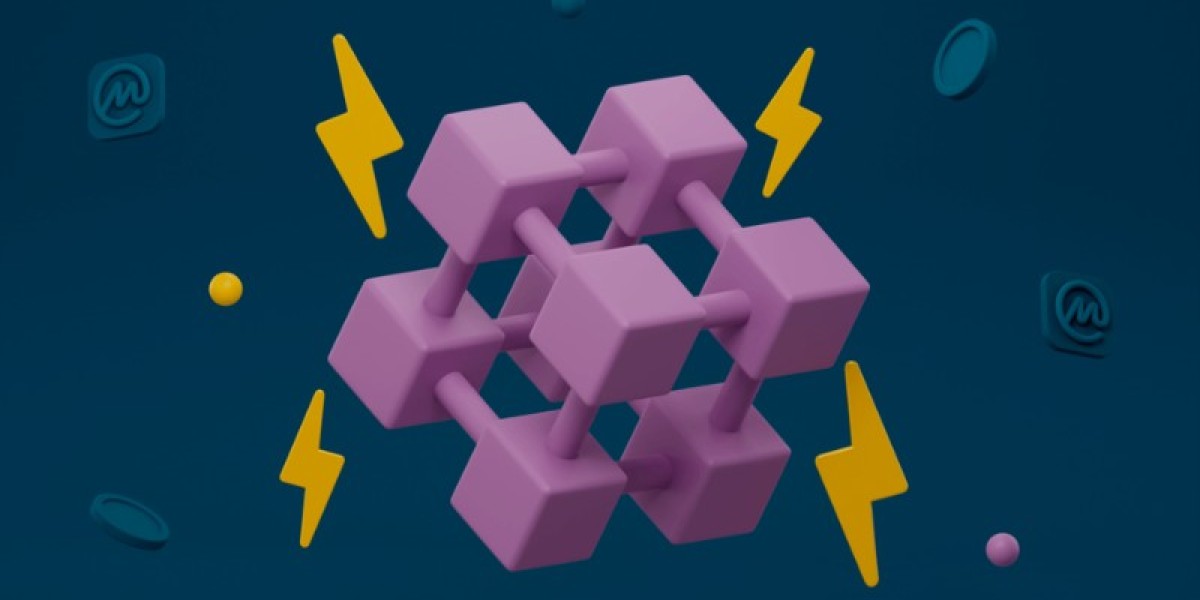Blockchain congestion is one of the most pressing challenges in decentralized networks today. As usage scales, transaction delays and rising gas fees can frustrate users and stifle adoption. Crepto, a next-generation blockchain platform, has introduced innovative strategies to address these issues head-on. Here's how Crepto tackles congestion without compromising security or decentralization.
1. Layer-2 Scaling Solutions
Crepto integrates Layer-2 (L2) technology such as rollups and state channels to offload transaction volume from the main chain. These L2 solutions batch multiple transactions together and settle them on-chain in groups, significantly reducing the burden on the base layer.
Optimistic Rollups: Used to validate off-chain transactions with a dispute period, ensuring security.
ZK-Rollups: Compact cryptographic proofs ensure fast and private validation.
These mechanisms drastically increase throughput while keeping fees low.
2. Adaptive Block Size and Dynamic Gas Fees
Crepto employs an adaptive block size mechanism that adjusts based on network demand. During periods of high activity, blocks can expand slightly to accommodate more transactions. Coupled with dynamic gas fees, this approach ensures:
Fairer transaction prioritization
Reduced transaction drop-offs
More consistent user experience
3. Sharding Architecture
Inspired by database systems, Crepto introduces sharding — splitting the network into smaller parts (shards), each capable of processing its own transactions and smart contracts. This parallel processing model enables:
High scalability across nodes
Load balancing to prevent bottlenecks
Faster finality for users on each shard
4. Transaction Queue Optimization
Crepto uses an intelligent mempool management system. Instead of treating all incoming transactions equally, it prioritizes them based on:
Time of arrival
Gas price bid
Smart contract type (e.g., DeFi or NFT)
This queue optimization reduces failed transactions and ensures fair access during peak hours.
5. Cross-Chain Interoperability
Congestion often arises when a single blockchain handles a diverse set of applications. Crepto embraces interoperability by integrating bridges to other blockchains. This means:
Overflow transactions can be rerouted to less congested networks
Users can benefit from the liquidity and efficiency of multiple chains
Lower gas fees through decentralized routing logic
6. Validator Incentives and Staking
Crepto incentivizes validators not only to process transactions but also to help maintain optimal block sizes and response times. This is done through:
Performance-based staking rewards
Penalties for validators contributing to congestion
Real-time analytics for validator efficiency
This promotes a healthy, congestion-resistant network.
7. AI-Powered Load Prediction
To get ahead of congestion before it happens, Crepto incorporates AI-driven analytics to forecast network load. This enables:
Proactive adjustment of gas limits and block sizes
Early warnings for dApps to optimize transaction batching
Better end-user experience through reduced latency
Final Thoughts
As blockchain adoption grows, congestion becomes an inevitable challenge. Crepto’s multi-layered approach — combining advanced scaling tech, AI insights, and efficient validator management — sets a new standard for decentralized networks. By prioritizing user experience and system integrity, Crepto ensures that blockchain technology remains fast, fair, and ready for the future.






